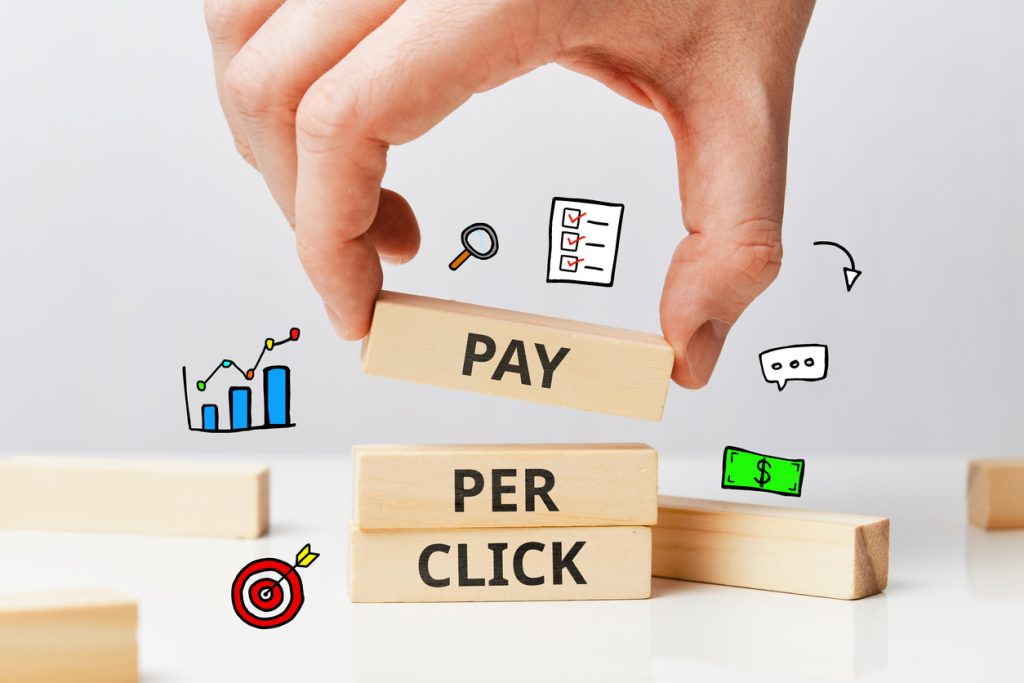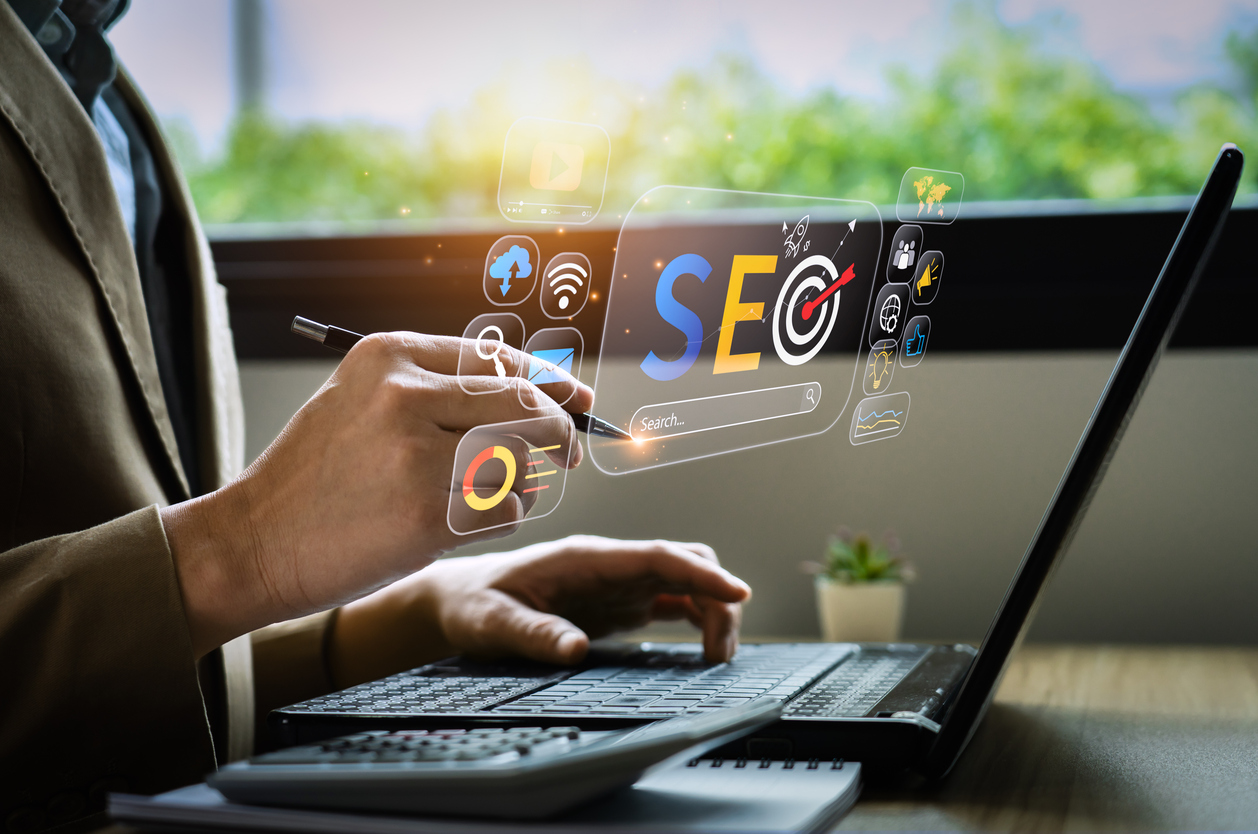In the world of B2B marketing, lead generation is the lifeblood of growth. Every marketing team is racing to capture the attention of key decision-makers, whether it’s procurement managers, CTOs, or operations leaders. Among the countless strategies available, two remain at the forefront: SEO (Search Engine Optimization) and Paid Ads (PPC). But which one is better for B2B lead gen?
The short answer? It depends.
The long answer? Let’s go deep into this age old debate. In this guide, we’ll explore the nuances of SEO and Paid Ads through the lens of B2B lead generation, compare their strengths and weaknesses, and help you decide where to focus your marketing dollars and energy.
1. Understanding the Buyer Journey in B2B
B2B buyers don’t make decisions overnight. The process involves research, comparisons, internal approvals, and multiple stakeholders. Typically, the buyer journey consists of three major stages:
-
Awareness: Identifying a need or problem
-
Consideration: Researching solutions
-
Decision: Selecting a vendor or solution
Each of these stages has unique content and keyword needs. Understanding where SEO and Paid Ads fit into this funnel is essential.

2. What Is B2B SEO?
SEO is the practice of optimizing your website and content to rank higher in organic (non-paid) search engine results. This includes:
-
Keyword research
-
On-page optimization
-
Technical SEO
-
Content marketing
-
Link building
Benefits of B2B SEO
-
Long-term growth: Once you rank, you can receive consistent, free traffic
-
Trust and credibility: Organic listings are perceived as more trustworthy
-
Content compounding: Over time, SEO content builds authority and attracts backlinks
-
Lower cost per lead (eventually): Although SEO takes time, it’s often more cost-efficient in the long run
Drawbacks of B2B SEO
-
Slow ramp-up: It can take 3-6 months (or more) to see results
-
Algorithm dependency: Google’s frequent updates can impact rankings
-
High upfront investment: Content creation, technical audits, and outreach require resources
3. What Are B2B Paid Ads?
Paid advertising includes any strategy where you pay to appear in front of your audience, typically through platforms like:
-
Google Ads (Search, Display)
-
LinkedIn Ads
-
Facebook/Instagram (less common in B2B, but can work)
-
Programmatic display and retargeting
Benefits of B2B Paid Ads
-
Immediate visibility: Ads appear the moment your campaign goes live
-
Laser-targeted: Use firmographics (job title, industry, company size) to reach exact personas
-
Scalable: Increase budget and expand reach quickly
-
Testing-friendly: Great for A/B testing messages, landing pages, and offers
Drawbacks of B2B Paid Ads
-
High cost per click (CPC): Especially in industries like SaaS, legal, or enterprise software
-
Ad fatigue: Over time, performance can drop as audiences tune out
-
No long-term value: Traffic disappears once you stop paying
-
Click fraud and bot traffic: Can inflate costs without real lead generation

4. SEO vs. Paid Ads: Comparing Across Key B2B Metrics
A. Cost per Lead (CPL)
-
SEO: Starts high due to upfront investment, but becomes more cost-effective over time
-
Paid Ads: Higher ongoing costs, but easier to control and predict
B. Lead Quality
-
SEO: Often attracts higher-intent users who are actively researching
-
Paid Ads: Can be tightly targeted, but some leads may click out of curiosity or impulse
C. Time to Results
-
SEO: Slow build (3-12 months), but long-term payoff
-
Paid Ads: Instant visibility and results
D. Sustainability
-
SEO: Long-lasting content and evergreen traffic
-
Paid Ads: Ends when the budget ends
E. Conversion Optimization
-
SEO: Requires careful UX and content design; less room for instant A/B testing
-
Paid Ads: Easy to test CTAs, headlines, offers, and landing pages
F. Brand Visibility
-
SEO: Builds authority and trust over time
-
Paid Ads: Great for rapid awareness, especially with display and LinkedIn
5. How They Work Together
Here’s the real magic: SEO and Paid Ads aren’t enemies. When used together, they can create a flywheel effect for B2B lead generation.
Examples of Integration:
-
Use PPC data to find high-converting keywords and apply them to SEO
-
Retarget SEO visitors with LinkedIn or Google Display ads
-
Use paid ads to test messaging before rolling it into SEO content
-
Dominate the SERP by ranking organically and showing paid ads
6. When to Use SEO
Choose SEO when:
-
You want long-term growth and lower CAC
-
Your sales cycle is complex and content-driven
-
You’re in a competitive niche where trust matters
-
You want to build authority and differentiate over time
Industries where SEO often wins:
-
Manufacturing
-
Enterprise software
-
Professional services
7. When to Use Paid Ads
Choose Paid Ads when:
-
You need leads now (Average click through rate (CTR) for Google Ads is 6.42% – Source: DesignRush)
-
You’re launching a new product and need exposure
-
Your team wants to test messaging or markets
-
You have a defined ICP and targeting options (e.g., LinkedIn)
Paid Ads are especially effective in:
-
Events & webinars
-
Product launches
-
Account-based marketing (ABM)
-
Lead magnets with strong CTAs (e.g., ROI calculators, guides)
8. Case Studies
SEO Win: B2B SaaS Company
A mid-sized SaaS company invested in SEO with a focus on TOFU and MOFU content. Within 9 months, they increased organic traffic by 230%, and demo requests by 85%. Cost per lead dropped by 40% compared to paid search.
Paid Ads Win: B2B Event Company
A B2B events company used LinkedIn Ads and Google Display to drive webinar signups. With a $25k budget, they generated 1,200 signups at a cost of ~$21 each. Speed to lead was the key success factor.
Best of Both: Enterprise Cybersecurity Firm
This company ran Google Ads for high-intent keywords while also building SEO authority through thought leadership content. PPC delivered short-term pipeline, SEO built long-term trust. Over 18 months, organic became their #1 lead source, with paid campaigns used for ABM and retargeting.
9. Tools & Tech Stack for Both
For SEO:
-
Ahrefs / Semrush
-
Screaming Frog
-
Google Search Console
-
Surfer / Clearscope
-
WordPress / Webflow
For Paid Ads:
-
Google Ads / LinkedIn Ads
-
HubSpot / Salesforce for attribution
-
Unbounce / Instapage for landing pages
-
Google Tag Manager
-
Hotjar / Crazy Egg for behavior analysis
10. Final Verdict: Which Is Better?
There’s no one-size-fits-all answer. The real question is: What are your goals, timeline, and resources?
| Scenario | Best Channel |
|---|---|
| Need leads quickly | Paid Ads |
| Building long-term traffic | SEO |
| Testing messaging | Paid Ads |
| Educating the market | SEO |
| Targeting specific accounts | Paid Ads |
| Dominating SERP & trust | Both |
Pro Tip: If you have the budget, run both in parallel for 3-6 months. Use the data to make smarter decisions, iterate, and refine your approach.
11. B2B SEO & Paid Ads: In One Line
-
SEO = long-term growth, trust, lower cost over time
-
Paid Ads = speed, control, high cost, short-term wins
-
B2B success often requires both working together
Invest in what serves your strategy—not just what’s trendy.
Want help crafting a B2B SEO strategy or setting up high-converting campaigns? Let’s chat.
